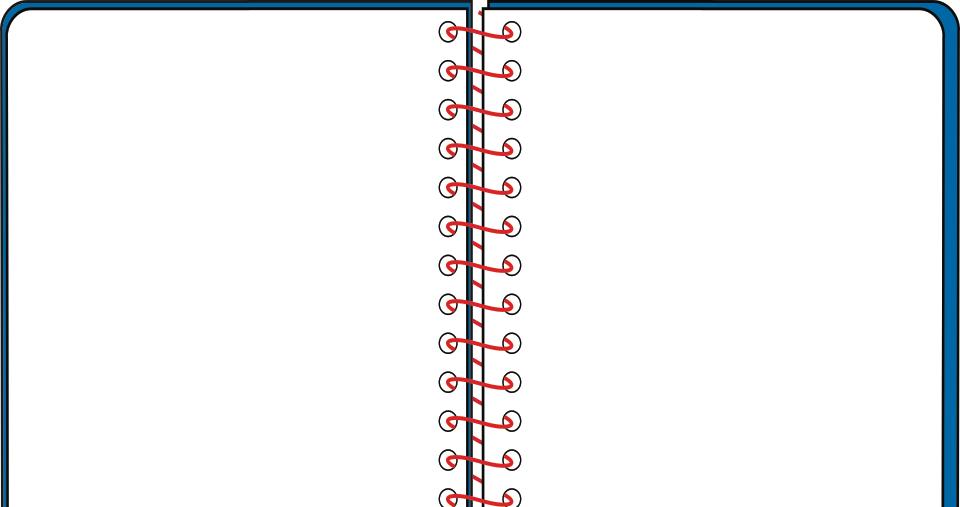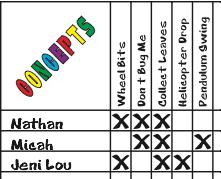 |
||||
 |
 |
 |
||
Next > | Brochure | ‘Rithmetic in Residence | Page1 | Pages 2-3 | Pages 4-5 | Pages 6-7 | Pages 8-9 | Page 10 | < Back | HOME |
||
was concerned with the number facts and the paper and pencil skills for adding, subtracting, multiplying, and dividing whole numbers, fractions, and decimals. Concepts dealt with ideas believed crucial to a meaningful grasp of math, . Applications were problem solving activities that involved even the slightest math, . A key feature of the applications was that they were things kids wanted to do. This motivated the campers to participate in some of the less popular lessons, like the one on percent, because they were prerequisites for some of the more popular applications.
Taking a break at Arithmetic in Residence™ meant going on a field trip. Everyone went: every camper, every instructor. As with applications, the trips had to involve some math, but just about everything involves math or at least can be counted (like the cows) or measured, so whatever people wanted to do became the chief decider for field trips. Especially memorable trips were one to an to measure the dimensions of the dwellings (so the children would quit complaining about how small their rooms were), one to a to learn about the uses of math in mining and manufacturing copper, and one to some to dig “tears” and later weigh and measure them to figure out who had dug the most.
Theory
Overall, the curriculum at Arithmetic in Residence™ reflected Bloom’s (1956) taxonomy—a curriculum concerned with the full spectrum of knowledge from recognition to evaluation. Each strand, however, reflected its own advocate. Basic skills were taught using a diagnostic-prescriptive computational skills program that modeled the admonitions of Gagne (1965) for hierarchical sequencing. Concept lessons were taught from a hands-on perspective in the developmental vein associated with Piaget (Flavell, 1963). Applications were taught from the exploratory discovery viewpoint voiced by Bruner (1960). The strength of the curriculum was its fitting of task to theory instead of trying to force-fit everything to a single theory. Central to this belief was Dewey’s (1938) challenge from the past rebuking educators for “either-or” thinking—either this or that—instead of, perhaps, a bit of this and a bit of that.
The hour or two after dinner before lights out was also a part of the curriculum. Everyone would gather for songs and games. Often, . Slowly, the offenses and mistakes of the day became less hurtful, and everyone got back to being friendly with each other. Frequent guest entertainers during this time were and his brother, Gary. Norman has since performed professionally in Honolulu, Las Vegas, and New York and has a website for the songs he has written and recorded.
Goals
The goals of Arithmetic in Residence™ were to remedy notable deficiencies with basics, to build self-confidence with math based on success with the subject, to improve attitudes toward math, and to extend a paper-and-pencil understanding of math to math as a viewpoint and a way of thinking. Standardized exams and informal feedback from the campers were used to determine attainment of the goals.
Instruction
Arithmetic in Residence™ adhered to the total immersion model effective in teaching foreign languages. Basics began right after breakfast and lasted for 75 minutes, followed by a 15-minute break and 75-90 minutes on concepts. Applications began right after lunch and lasted from 1-2 hours depending on the activity. Movement through the curriculum was recorded on continual progress reports for basics and on charts like the ones shown for concepts and applications. The descriptions of the activities listed in the charts were for the instructors who interpreted them for the campers.